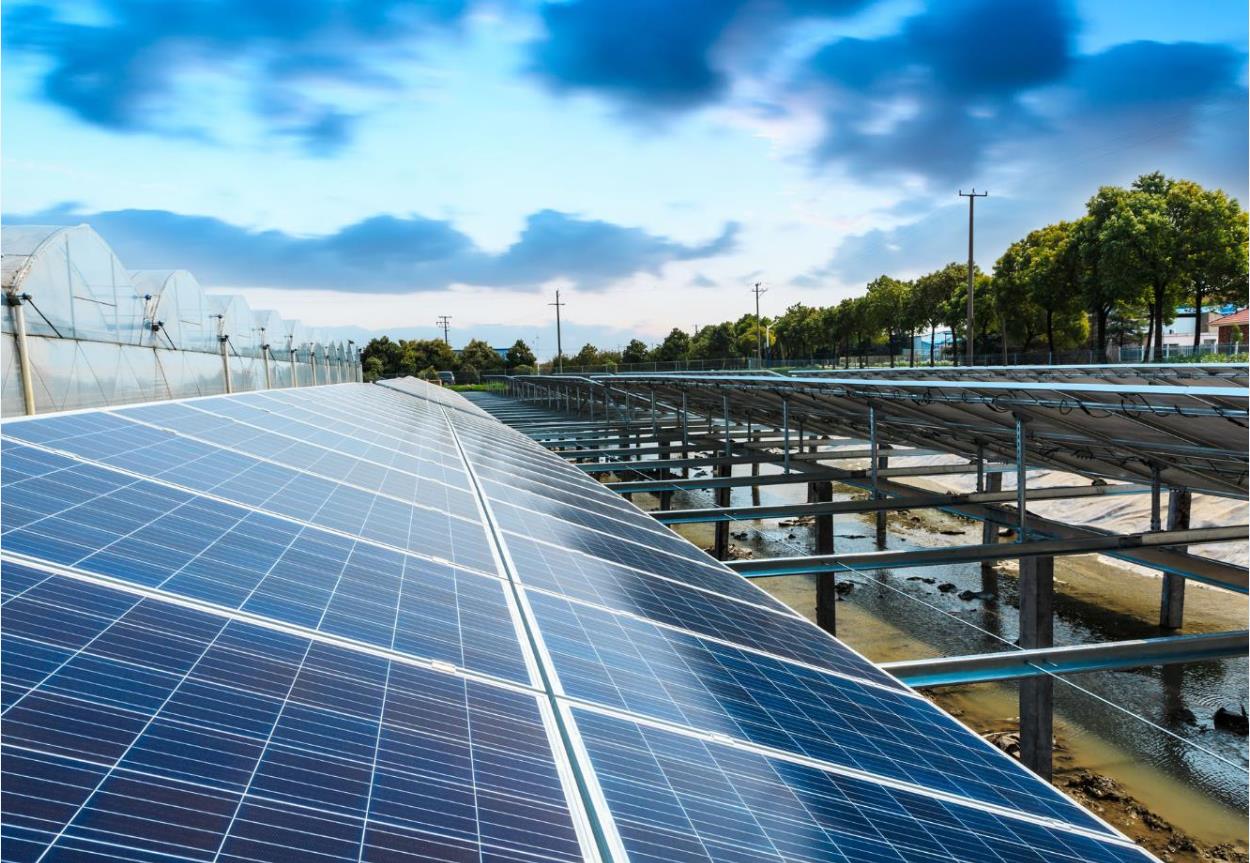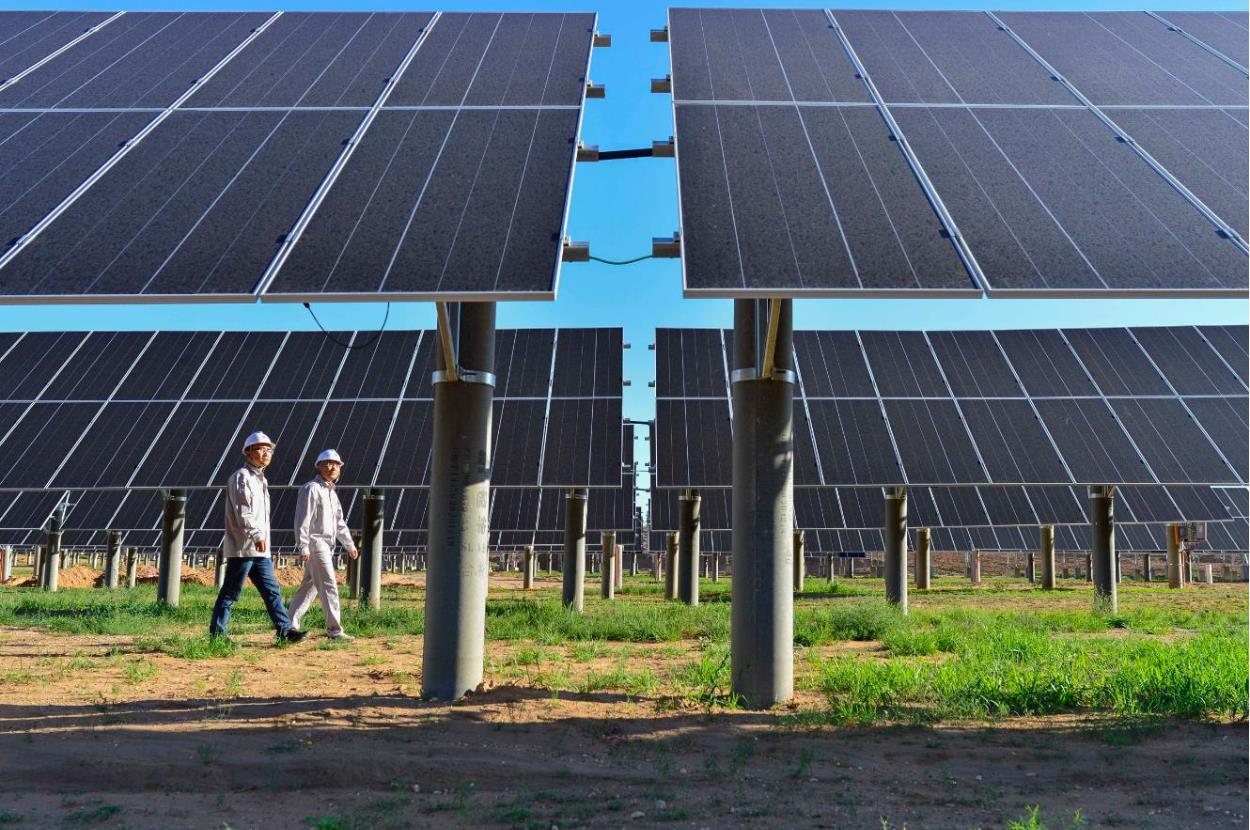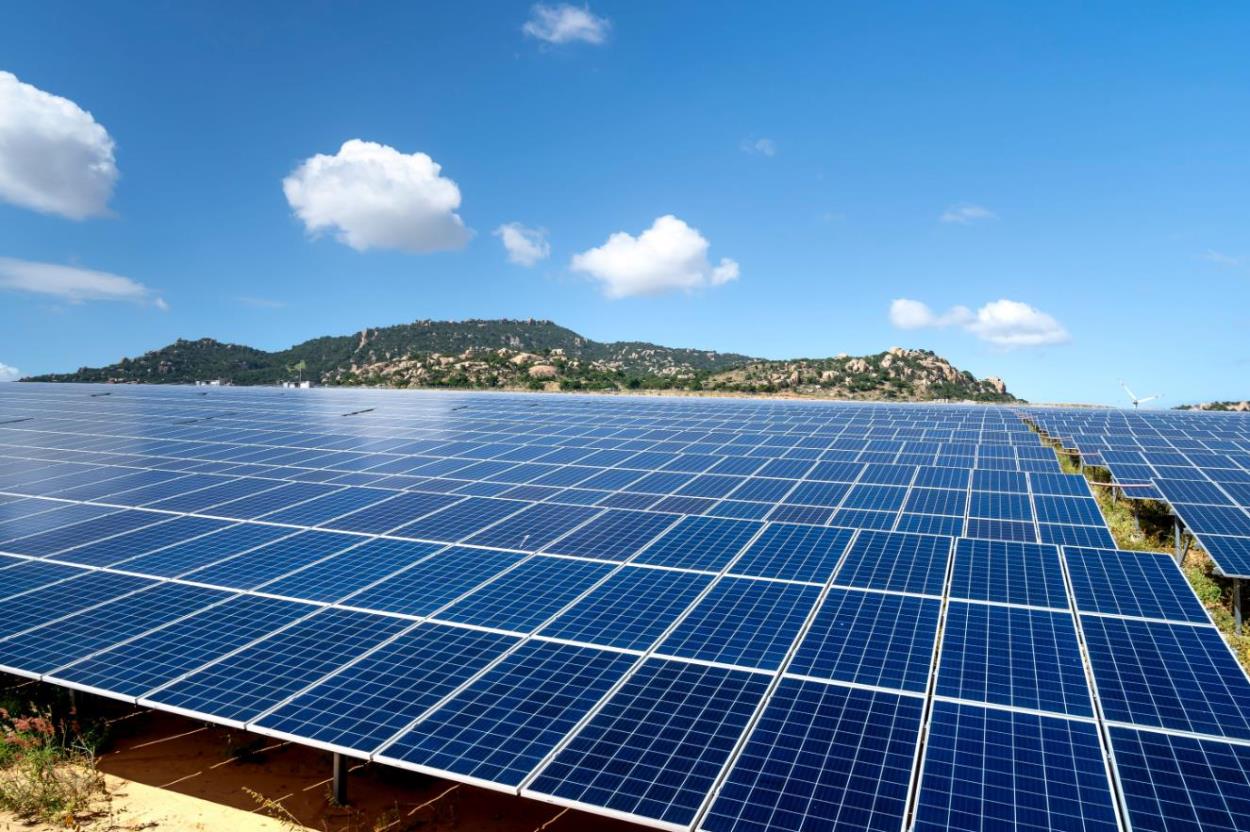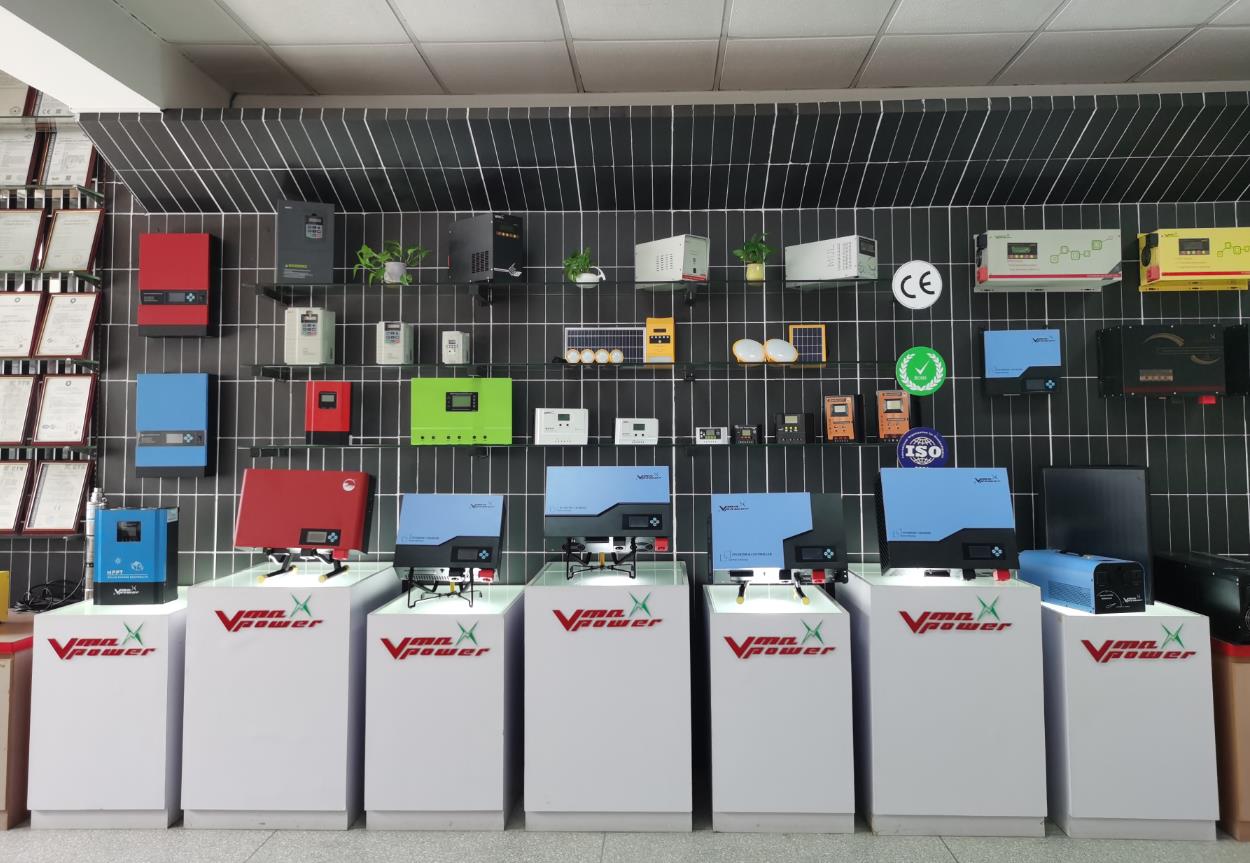In the context of global climate warming and the increasing depletion of fossil energy, the development and utilization of renewable energy has received increasing attention from the international community, and vigorous development of renewable energy has become the consensus of countries around the world. The Paris Agreement came into effect on November 4, 2016, highlighting the determination of countries around the world to develop renewable energy industries. General Secretary Xi Jinping has emphasized many times that China adheres to the development concept of innovation, coordination, green, openness and sharing, will vigorously promote green and low-carbon cyclic development, take effective actions to deal with climate change, and will peak carbon dioxide emissions around 2030 and strive to Achieve it as soon as possible. In 2030, carbon dioxide emissions per unit of GDP will be reduced by 60%-65% compared with 2005, and non-fossil energy will account for about 20% of primary energy consumption.
In order to achieve the above goals, the development of renewable energy is imperative. Among various renewable energy sources, solar energy has become the fastest-growing renewable energy source due to its significant advantages such as cleanness, safety, inexhaustibly, and inexhaustibly. The development and utilization of solar energy is of great significance to adjusting the energy structure, promoting the energy production and consumption revolution, and promoting the construction of ecological civilization.
According to data from the International Renewable Energy Agency (IRENA), the global newly installed photovoltaic capacity has maintained an upward trend from 2013 to 2023. In 2023, the global newly installed photovoltaic capacity will reach 191.5GW, an increase of 35.6%, and is expected to continue for some time to come. growth trend. Judging from changes in cumulative installed capacity, global cumulative installed photovoltaic capacity has maintained a steady upward trend from 2012 to 2023, reaching 855GW in 2021, an increase of 19.7% compared with 2020. The global cumulative installed photovoltaic capacity will reach 1,047GW in 2023, an increase of 22.5%, and it is expected that the growth trend will continue for some time to come.
In recent years, photostatic has continued to develop rapidly at home and abroad by virtue of its green and environmentally friendly advantages, with installed capacity and technological iteration and innovation showing spiral growth. The overseas tracking bracket industry started early, has mature technology, and has gained high recognition in the downstream. At the same time, the accelerated construction of large domestic bases and other projects has also brought a broad market for the application of tracking brackets, and tracking brackets are expected to accelerate penetration. It is estimated that the global installed capacity of ground photovoltaic power stations (excluding rooftops) photovoltaic systems is expected to reach 194GW in 2028.
For us, Multifit, we need to seize this opportunity and take advantage of the continuous expansion of the photovoltaic market to introduce our photovoltaic equipment and photovoltaic cleaning equipment to our potential customers, so that they can familiarize themselves with the performance and quality of our products, and ultimately place successful orders. And actively participate in domestic and international exhibitions, for example, at this year's 135th Canton Fair, we will send a luxurious lineup to participate in the exhibition. At this Canton Fair, we have to fully demonstrate our latest products to these potential customers and seize these opportunities that allow our end customers to experience our products for the first time.
Post time: Apr-15-2024





